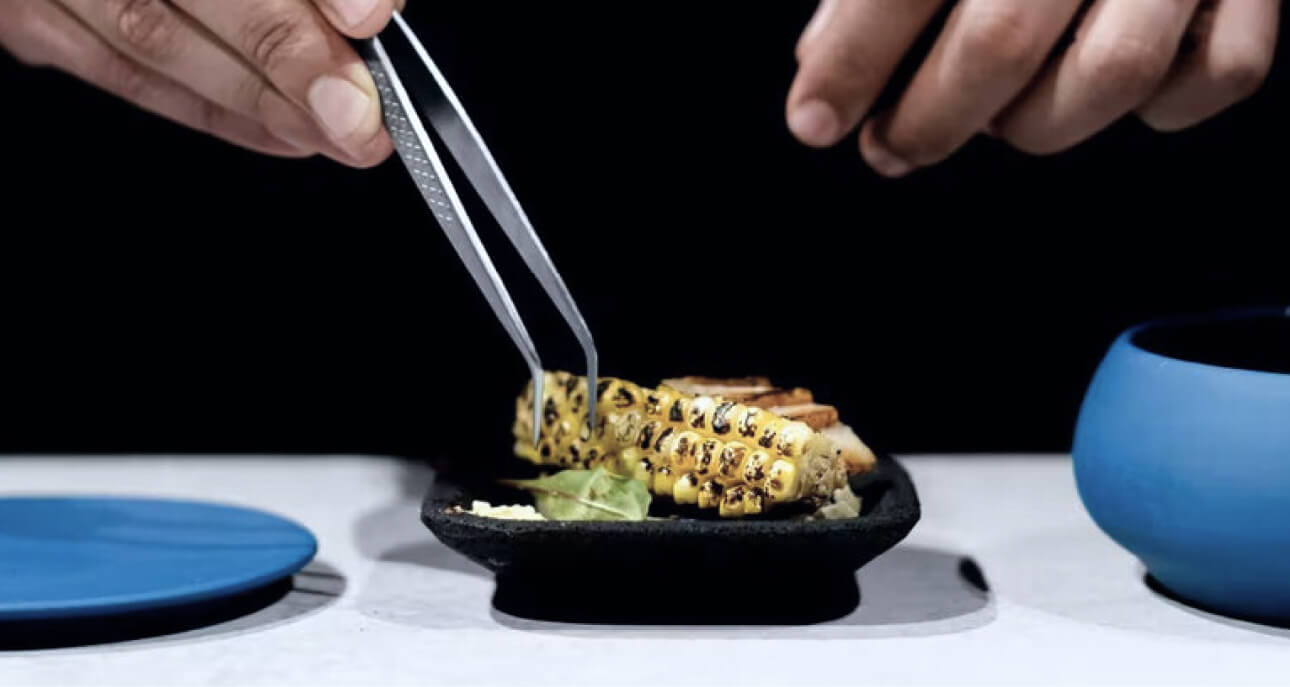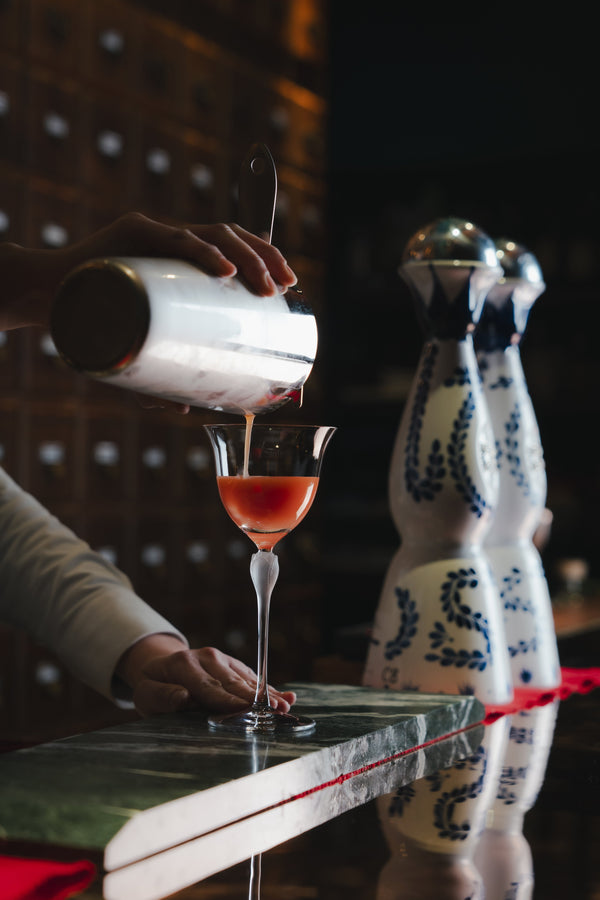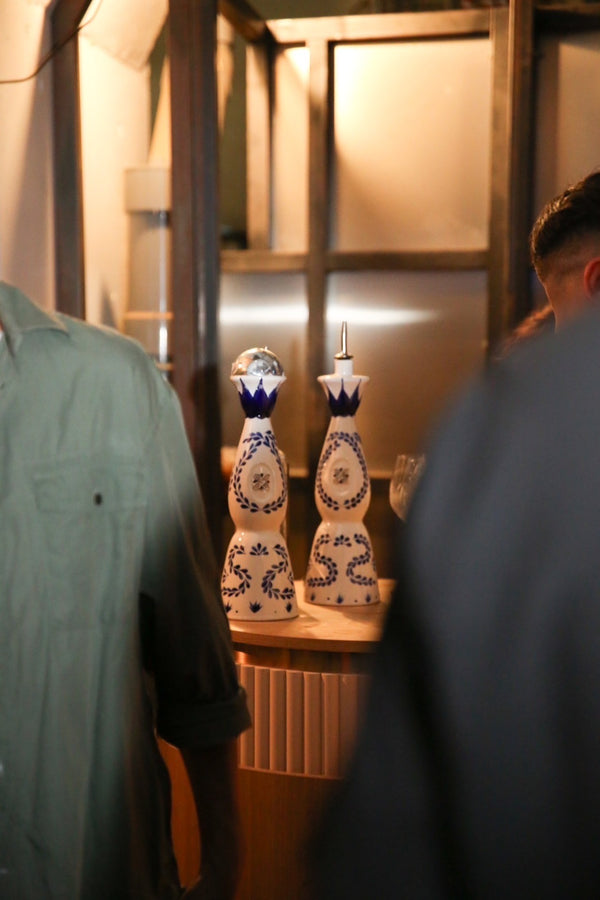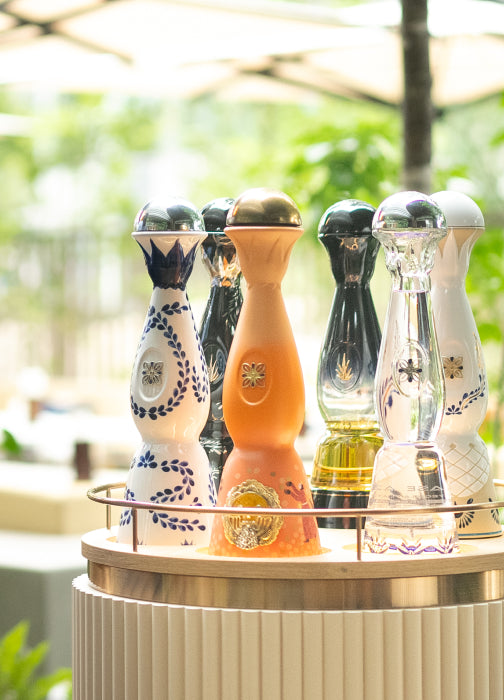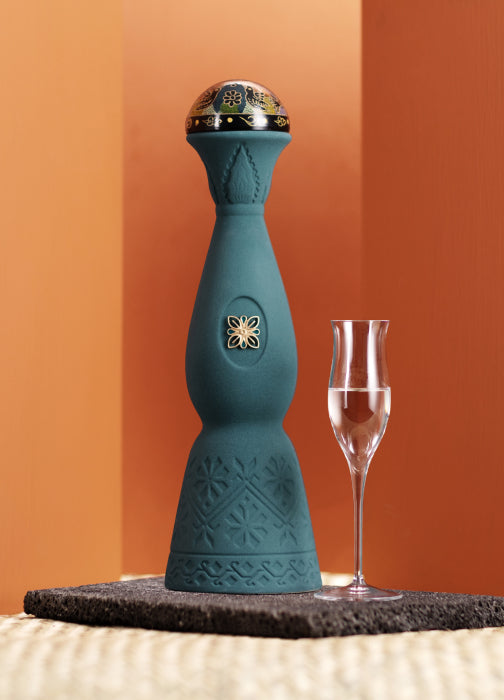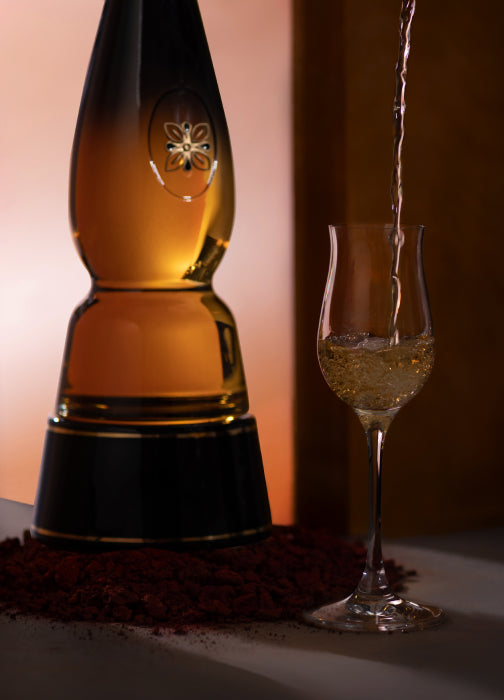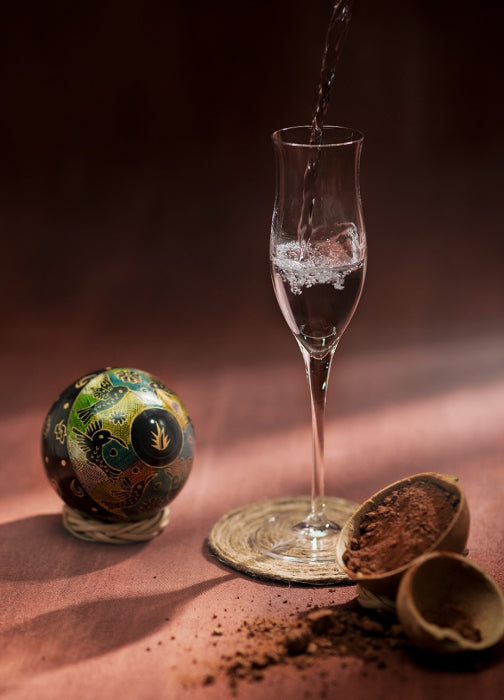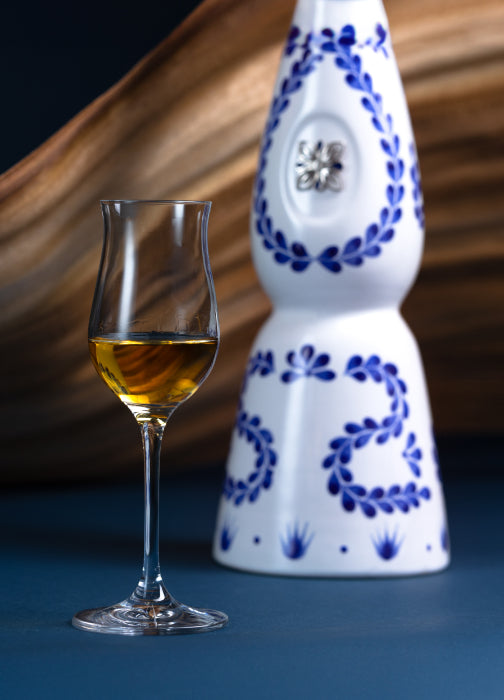The Day of the Dead is a Mexican tradition that we have heard a lot about in recent years.
Many people have become interested in this event after watching an animated film about it.
While we are drawn to the beautifully decorated altars and traditional sugar confections, knowing the roots and the meaning of each element will bring the Day of the Dead closer to our hearts.
Let's take a look at what the Day of the Dead is all about and how to spend the day.
What is the Day of the Dead: A Festival in Memory of the Deceased and its Mexican Origins
The Day of the Dead, a Mexican tradition held annually on November 1 and 2, was registered as an intangible cultural heritage by UNESCO in 2003 because of its uniqueness.
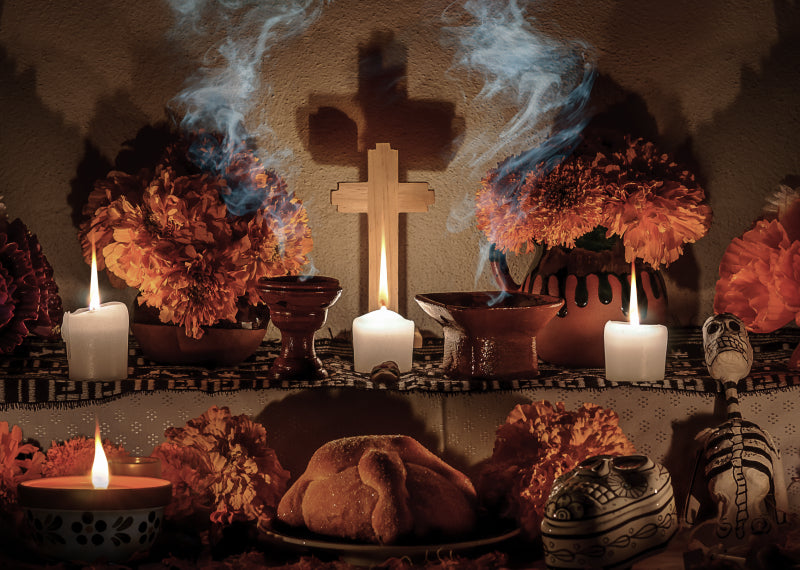
During this period, when the souls of the dead are said to return to this world, each household decorates altars and gravestones with festive decorations and spends time reminiscing about the memories of the deceased. It is similar to the "Obon" in Japan, but more lively. Incidentally, it is believed that the souls of children return on November 1, and the souls of adults on November 2.
This traditional event is said to have its origins in the ancient Mexican civilization's practice of offering numerous offerings to the deceased in memory of the dead. Later, indigenous traditions and customs were fused with Western culture to form the current Day of the Dead culture, which can be said to be unique.
An essential and spectacular element of the Day of the Dead
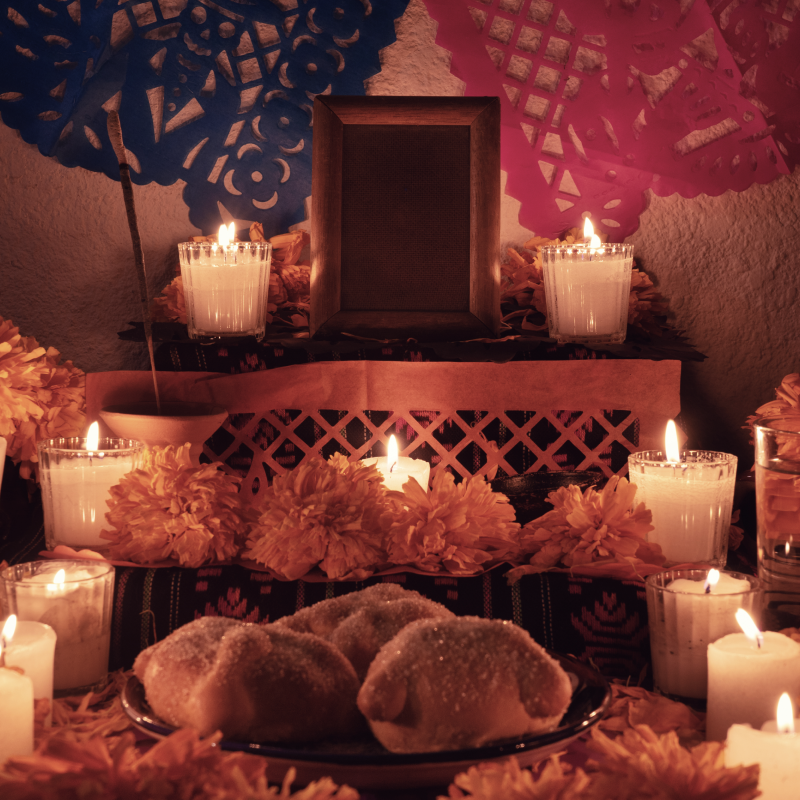
No.1 Offrenda and Altar
The altar called 'Altar' is the central element of the Day of the Dead. It is where 'Ofrenda' (offerings) are displayed, including pictures of the deceased, favorite foods, candles, marigold flowers, and traditional sugar confections. They are essential for sharing pleasant memories of the deceased and having fun.
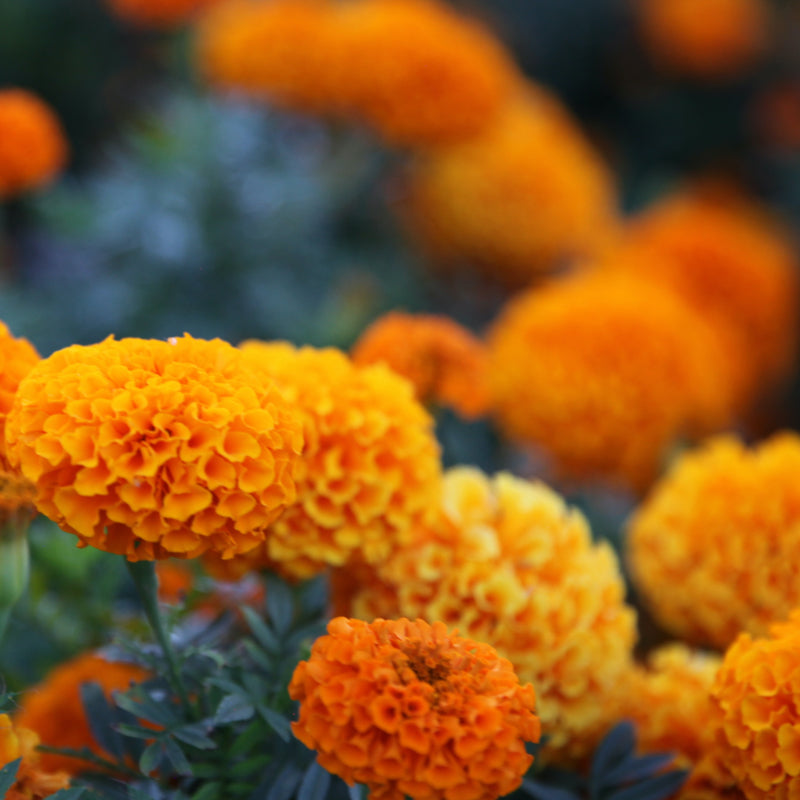
No.2 Marigold Flowers
The marigold flower, native to Mexico and used since ancient times as a medicine and dye, is not just for decoration.
Its unique fragrance is a beacon so that the souls of the dead can return without hesitation.
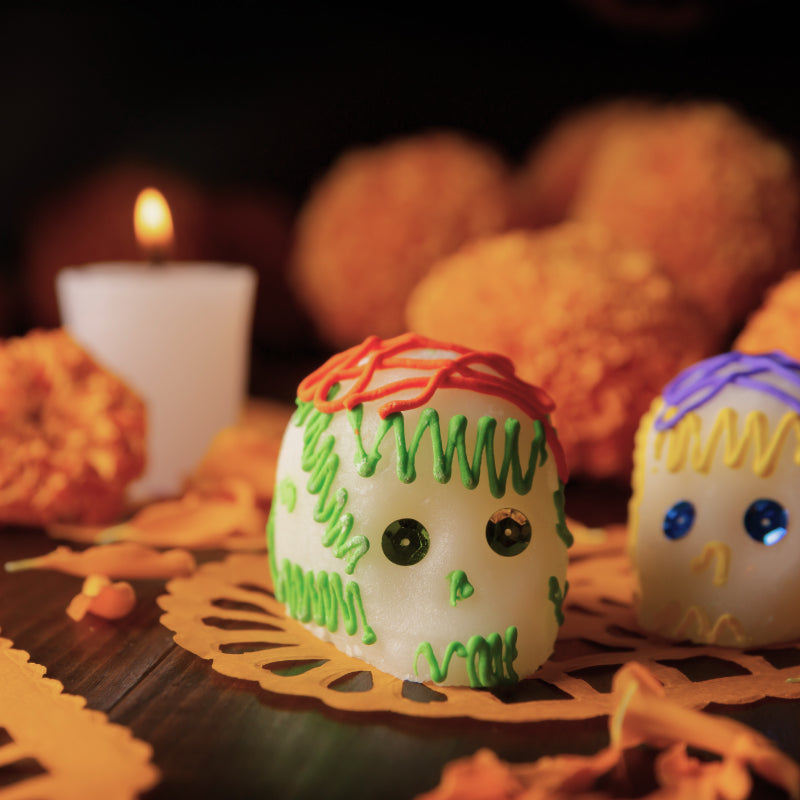
No.3 Skull Candy (Sugar Skull)
Many people may think of sugar skeleton figurines when they hear about the Day of the Dead.
These sugar confections, which resemble skeletons believed to have played an important role in the ancient Mexican civilization, are displayed on altars as a symbol of the dead.
Sometimes the name of the deceased is written on the forehead of the skeleton.
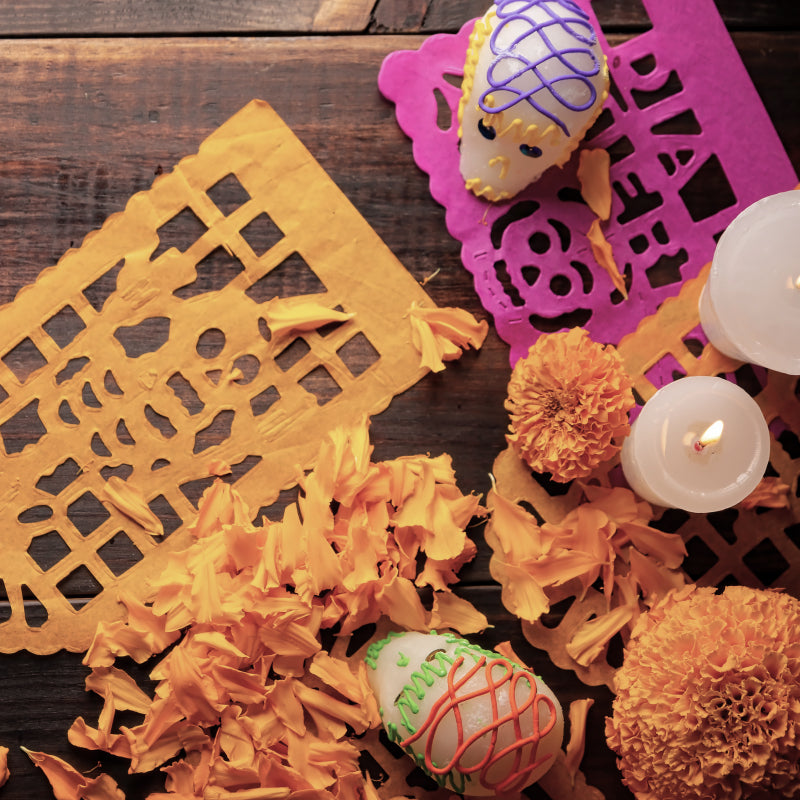
No.4 Papel Picard
These colorful paper cutouts depict motifs such as cacti, floral patterns, hearts, and birds.
They are a familiar item used in Mexico not only for the Day of the Dead, but also for weddings, birthdays, and various other events.
Also known as papel de china (Chinese paper), the delicate technique is believed to have come from China.
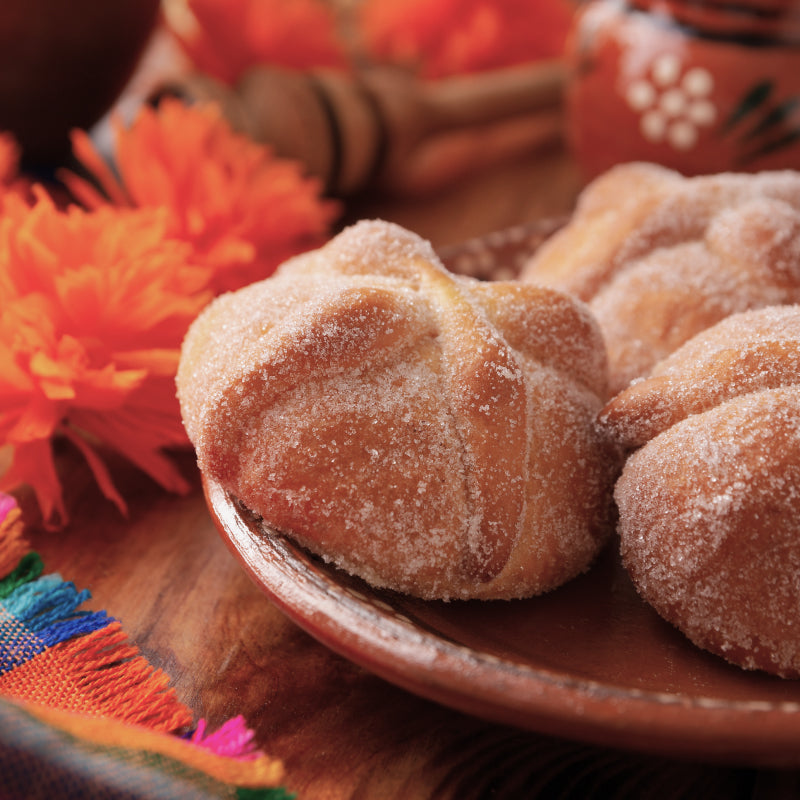
No.5 Pan de muerto (Bread of the Dead)
A traditional sweet bread eaten only during the Day of the Dead.
The dough is usually mixed with orange peel and aniseed, and the surface is decorated to resemble bones.
This unique shape, in part, is said to have evolved over time from the Aztec civilization's custom of sacrifices to the culture of eating bread that resembles bones.
A day filled with Mexican views of life and death to strengthen bonds with loved ones.
Instead of mourning for the deceased, it is considered a way of spending the Day of the Dead to share pleasant memories of the life of the deceased with family and friends.
In Mexico, people have the view of life and death that death is an extension of life, and that life and death are not two sides of the same coin. The Day of the Dead teaches us that it is important to have a wonderful time each day while accepting the fact that death will come to all of us someday, so we should strengthen our bonds with our loved ones and feel again the happiness we have now.

On the authentic Mexican Day of the Dead, you can enjoy traditional decorations, food stalls, and parades in various places. Among the must-visit places are the states of Oaxaca and Michoacán.
Oaxaca is a region of Mexico with a strong indigenous culture. You will be overwhelmed by the elaborate ofrendas and spectacular parades.
The island of Hanitzio in the state of Michoacán is another place not to be missed.
Here, where traditional culture and ancient ways of life still exist, you can experience the most traditional Day of the Dead.
The fantastic scenery of the cemetery overflowing with marigold flowers will take your breath away.
A special bottle for the Day of the Dead, just for this time of year.
Clase Azul Tequila Day of the Dead 2023 Edition "Aroma"
Since 2021, Clase Azul has been developing a series of artesanal tequilas named after the Day of the Dead under the theme "Nuestros Recuerdos" (Our Memories). The 2021 edition was released under the theme of "Taste" and the 2022 edition under the theme of "Color". This year's third edition is inspired by "Aroma" and expresses the aroma of the Day of the Dead festivities with tequila.
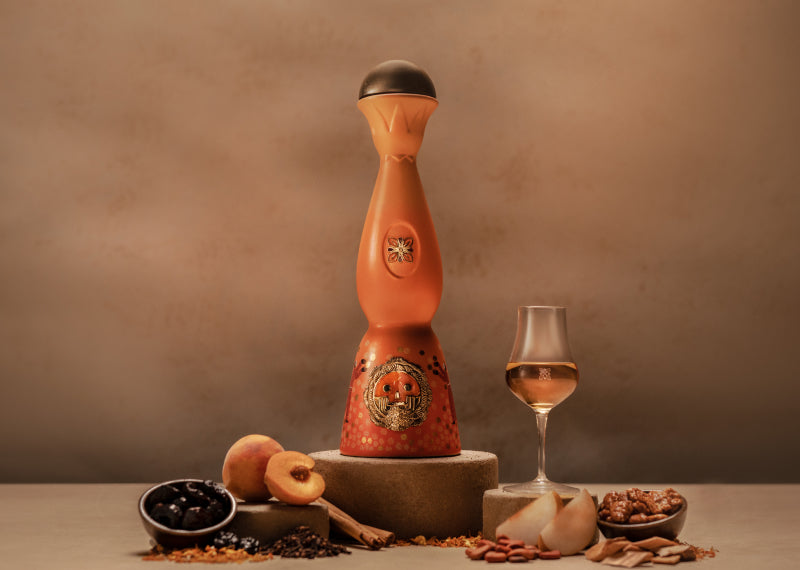

2021 edition photo

2022 edition photo
Aged for 25 months in American whiskey barrels and finished in Armagnac barrels, a unique process, Artesanal Tequila has a rich aroma of peaches, pears, raisins, candied walnuts, toasted wood, and cloves. The long, luxurious aftertaste of cacao and cinnamon makes this an excellent product to be enjoyed over time.
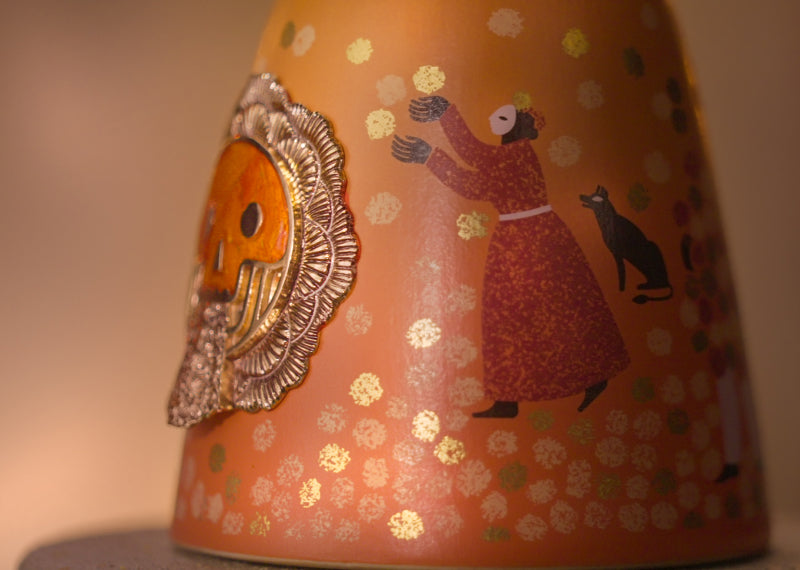
We would like to draw your attention to the decanter, which has an impressive marigold color that deepens toward the bottom and 24-karat gold ornaments. The reverse side is decorated with an illustration by Mexican artist Jimena Estíbaliz. It depicts a masked woman and a man harvesting marigold flowers. Accompanying them are two dogs, the faithful companions of the souls on their way to the afterlife.
Carefully crafted by Mexican artisans, we hope you will enjoy the decanter, which can be called art, and the aromas of the 25-month aging process.
A rich moment to experience the beauty and traditions of Mexico.
A spectacular celebration, the Day of the Dead is a traditional event that reaffirms daily happiness and the richness of life. Why not remember the land of Mexico with a precious Artesanal Tequila inspired by that important day?


